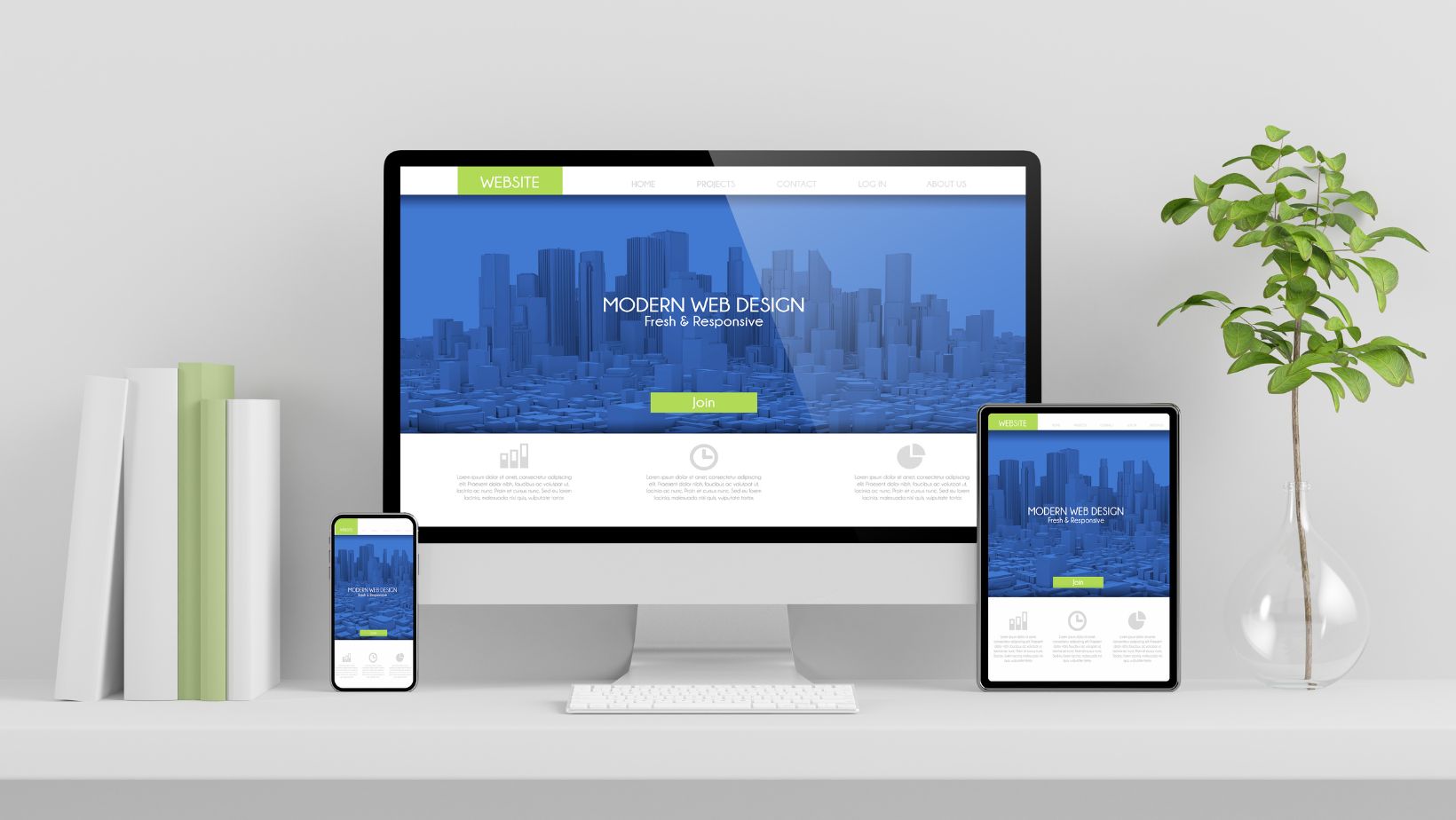Website widgets change the way websites operate and provide numerous benefits to businesses and individuals. They have become vital components in the area of online interaction, from improving user experience to increasing engagement.
In this post, we’ll examine the interesting subject of website widgets, answer essential questions, and throw light on various applications of widgets.
Discovering the World of Website Widgets
What Are Website Widgets?
Website widgets are modular components that can be embedded into websites to provide specific functionalities, content, or interactions. They typically contain snippets of code that people with limited programming knowledge can easily integrate into a web page. Widgets serve as dynamic elements that enhance user experience and offer diverse functions ranging from real-time information displays to interactive forms.
How Do Website Widgets Work?
Website widgets use technologies such as HTML, CSS, and JavaScript. Upon integration into a webpage, these widgets fetch data from external sources or perform specific actions according to predefined instructions. This capability enables websites to exhibit live feeds, facilitate real-time communication, and provide interactive functionalities that captivate and involve visitors.
The Evolution of Website Widgets
Over the years, website widgets have transformed from simple decorations to integral tools that shape user interest and interactivity. Advancements in web technologies and the growing demand for immersive online experiences have propelled this evolution.
Types of Website Widgets
- Social media integration. Social media widgets enable the flawless integration of social media feeds into websites. It keeps visitors updated with your latest social media posts, fostering stronger online connections.
- Live chat and customer support. According to Chicago based web design company Simpalm, “Live chat widgets empower websites with instant customer support, addressing visitor queries in real-time. This personal approach can lead to increased trust and conversions.
- Interactive forms and surveys. Widgets for forms and surveys streamline data collection and help businesses gather insights from visitors while maintaining user engagement.
- Content recommendations. Content recommendation widgets analyze user behavior to suggest related articles, products, or content, as well as boost visitor satisfaction and extend the time they spend on the website.
- Countdown timers and notifications. Countdown timers and notification widgets effectively generate a sense of urgency, and businesses often use them for limited-time offers, events, or product launches.

- Image sliders and galleries. Websites can use image sliders and gallery widgets to exhibit a collection of photographs or visual material in an interesting and interactive way. It is very useful for portfolios, product displays, and photography websites.
- Weather widgets. Weather widgets provide real-time weather information for specific locations. These widgets are handy for travel websites, event planning, and businesses with weather-sensitive offers.
- Video embedding. Video widgets allow for the direct embedding of videos from sites such as YouTube or Vimeo onto web pages. It improves website content variety and engagement.
- Search bars. Search bar widgets enable visitors to explore specific content within the website, thereby enhancing user experience by facilitating quick access to relevant information.
- Polls and quizzes. Such widgets actively involve visitors, enabling them to participate in interactive polls or quizzes. It increases user participation and provides businesses with valuable insights.
- Language translation. Language translation widgets offer the convenience of translating website content into various languages, making sites accessible to a global audience.
- Subscription and newsletter sign-up. These widgets allow visitors to subscribe to newsletters or updates, enabling businesses to build and maintain a strong subscriber base for marketing purposes.
- Calendars and events. Calendars and events widgets display upcoming events, appointments, or schedules. They are useful for event management, booking systems, and informing visitors about important dates.
- Social sharing buttons. Social sharing widgets facilitate the easy sharing of website content on various social media platforms. It expands the reach of content and encourages user-generated promotion.
- Maps and location. Maps and location widgets integrate interactive maps to help users find physical locations or navigate through geographical information.
Benefits of Using Website Widgets
● Enhanced user experience. Widgets make websites more interactive and dynamic, thus rendering them more enjoyable and enticing users to explore deeper.
● Improved customer connection. Widgets and other interactive elements encourage visitor interaction with your website, creating longer involvement and the possibility for higher conversion rates.
● Increased website functionality. Widgets introduce additional functionalities extending beyond the core website structure that enable businesses to offer extra services without overloading a website’s design.

● Boosted content discoverability. Widgets like content recommendations increase visitor loyalty by directing visitors to relevant articles, goods, or content.
Implementing Website Widgets: Effective Practices
● Align with website goals. When selecting widgets, ensure they align with your website’s goals and enhance its overall purpose.
● Maintain visual consistency. Choose widgets that blend with your website’s style to preserve a consistent visual identity.
● Monitor performance and analytics. Regularly check widget performance and track user interactions to optimize their effectiveness.
Selecting the Right Widgets for Your Website
● Identify the target audience’s needs. Understand your audience’s preferences and needs to select widgets that resonate with them.
● Consider mobile responsiveness. Choose widgets that are responsive across different devices to ensure a consistent experience for users of different gadgets.
● Balance functionality and loading speed. Opt for widgets that enhance functionality without significantly affecting the website’s loading speed.
Сonclusion
Website widgets have transformed from simple additions into essential tools that amplify user experience, engagement, and overall functionality of websites. Clever integration of these widgets and implementation of the best practices empower website owners to create a more dynamic and interactive online presence that genuinely connects with the needs of their audience.



